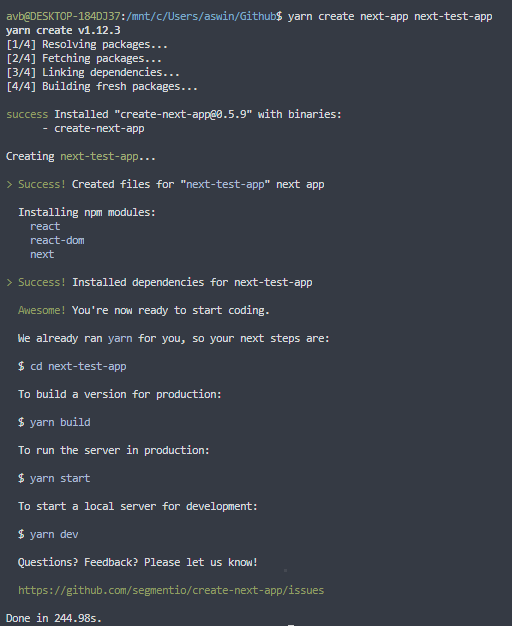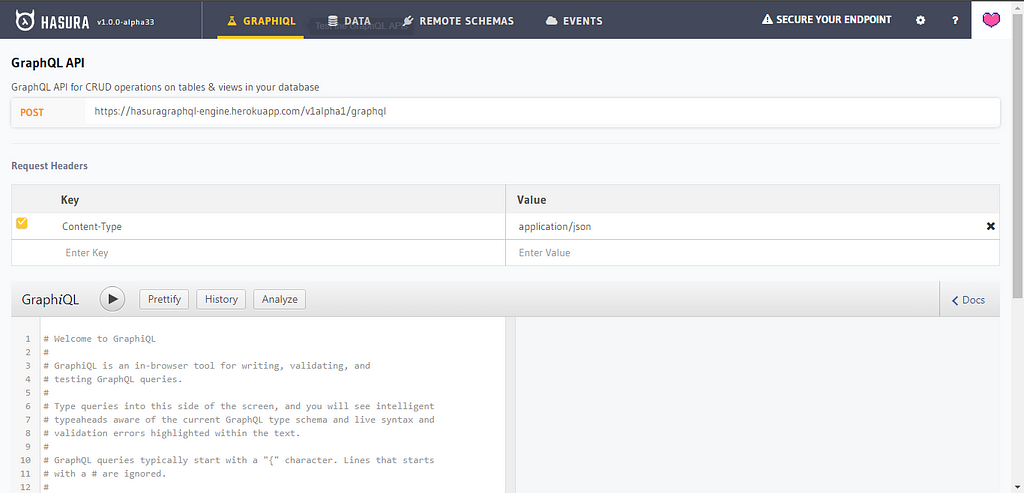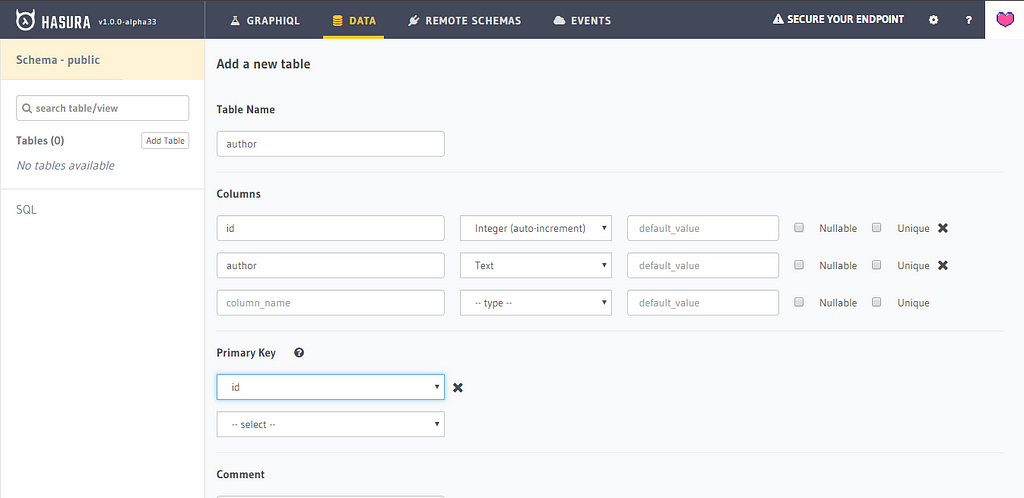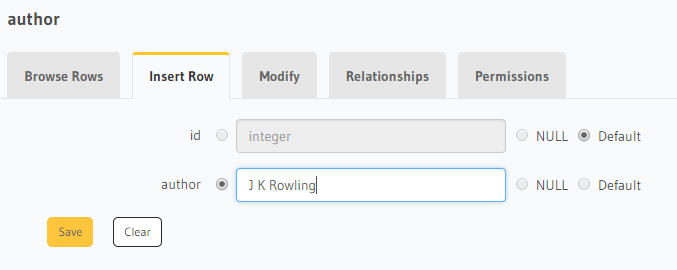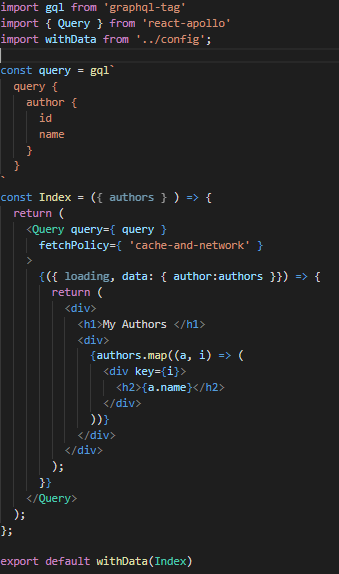Latest news about Bitcoin and all cryptocurrencies. Your daily crypto news habit.
How to Integrate Next.Js and Hasura
Before you start this project, i assume that you have basic idea about Next.js and Hasura. In this blog i will be showing how to integrate Next.js and Hasura.
What is Next.Js ?
Next.js is a JavaScript framework created by Zeit. It lets you build server-side rendering and static web applications using React. It’s a great tool to build your next website. It has many great features and advantages, which can make Nextjs your first option for building your next web application.
You don’t need any configuration of webpack or similar to start using Next.js. It comes with its configuration. All you need is to run yarn run dev and start building your application 😃.
Now that you are ready let’s get started!
How to setup a Next.Js app ?
I hope you will be aware of create-react-app, just like that we have create-next-app which will do all the work which is required to setup a Next.js Project 😉.
if you are using yarn or npx, there is inbuilt package to create a next.js app which are :
yarn create next-app my-app
npx create-next-app my-app
if you are using npm then create-next-app package should be installed and using that package a new project can be setup.
npm install -g create-next-app
create-next-app my-app
As you see in the image with one command all the project files are prepared and ready to go. Once the project is setup the commands which will be required to start and build the project will be shown.
To build the project run yarn build
To start a local server run yarn dev
To start a server in production run yarn start
Now that we have our basic project ready, lets setup hasura graphQL engine.
We can easily setup hasura-graphQL engine using the the one-click deploy option. Once it is deployed you can go to the deployed url and you will have something like this.
Note down the url at the top of the homepage.
https://hasuragraphql-engine.herokuapp.com/v1alpha1/graphql
Click on Data in the top bar and create a new table as follows
Add a dummy data in the table
Once hasura engine is setup, we can move onto connecting Hasura and Next.js.
For that we have to install graphql-tag,next-apollo and react-apollo.
yarn add graphql-tag next-apollo react-apollo
Once the above packages are installed, create a config.js file in the root directory and add the following code
Replace the uri with the url to which your deployed engine.This will configure withData with an httpLink to connect to a valid GraphQL server URL.
Next task is to wrap your page component with Query component from react-apollo so that appropriate data can be fetched while the page is Server Side Rendered.
GraphQL query
const query = gql` query { author { id name } }`Wrap your component with Query
<Query query={ query } fetchPolicy={ 'cache-and-network' }> {({ loading, data: { author:authors }}) => { return ( <div> <div> {authors.map((a, i) => ( <div key={i}> <h2>{a.name}</h2> </div> ))} </div> </div> ); }}</Query>Once these code are combined we’ll have something like this 👇.
Run yarn run dev and your hasura-next.js app is up and running.
Open http://localhost:3000 in your browser and you will get the author that we created in the hasura engine in the homepage.
And that’s it, it’s that easy to create a Next.js app with Hasura Graphql Engine 🙌 . You can extend it to include more features and a better look and feel. Deploy your app using yarn build which will give you the static version which can be deployed easily either using Github or Netlify .
About Me
My name is Aswin VB. I am an undergraduate student at the Indian Institute of Information Technology, Allahabad, pursuing my B.Tech degree in Information Technology.
I love creating and learning new things which i always do when i have free time. I love to code in JavaScript and Python.
You can follow me on Twitter and GitHub.
How to Integrate Next.Js and Hasura ? was originally published in Hacker Noon on Medium, where people are continuing the conversation by highlighting and responding to this story.
Disclaimer
The views and opinions expressed in this article are solely those of the authors and do not reflect the views of Bitcoin Insider. Every investment and trading move involves risk - this is especially true for cryptocurrencies given their volatility. We strongly advise our readers to conduct their own research when making a decision.


